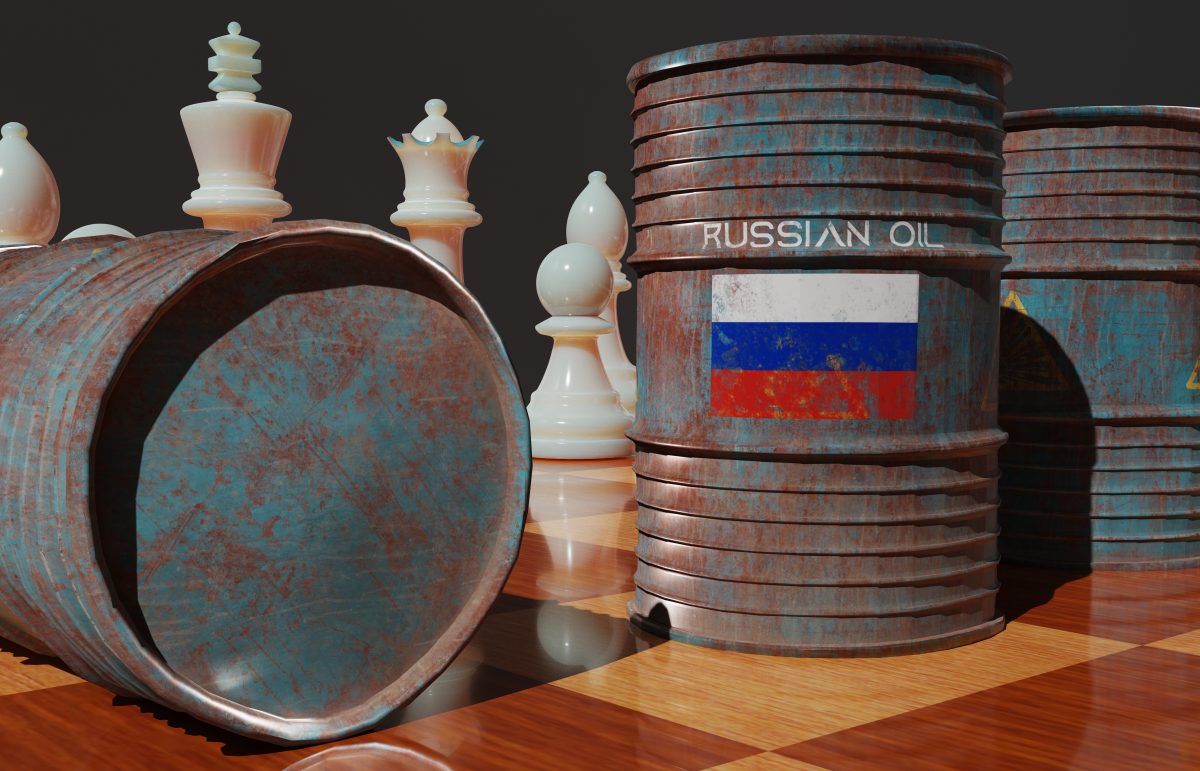G7 is working to set a price cap on Russian oil to reduce Russia’s revenues and its ability to fund the war in Ukraine and limit the impact on global energy prices, particularly for low and middle-income countries. Russia has warned that it will snap oil supplies to any country that joins the price cap plan.
Here are 5 facts you need to know:
- EU ambassadors have failed to agree on the maximum price at which Russian oil should be allowed to trade. They want to agree on the price-cap plan around $65-$70 per barrel as soon as possible, as an EU embargo on Russian crude comes into force on December 5.
- Ukrainian President Volodymyr Zelenskyy urged on Saturday that a price cap on Russian oil be set at $30-$40 per barrel, much lower than the level proposed by the G7, Reuters reported. “The limit that is being considered today — about $60 — I think this is an artificial limit,” Zelenskyy told a news conference Saturday.
- Russia’s flagship crude grade Urals currently trades at around $52 per barrel, more than $10 a barrel lower than the low end of a proposed G7-EU-UK price cap of $65-$70 per Russian barrel of crude, according to Bloomberg.
- A price cap in the range currently proposed by Europe is not expected to immediately shrink Putin’s oil revenues, considering that this is more or less the price that buyers currently pay for Russian crude
- Some analysts think the price cap will ultimately be less important than Europe’s oil embargo. The bloc has been buying about 2.4 million barrels per day of Russian crude, and Moscow will soon be forced to hunt for new customers.

